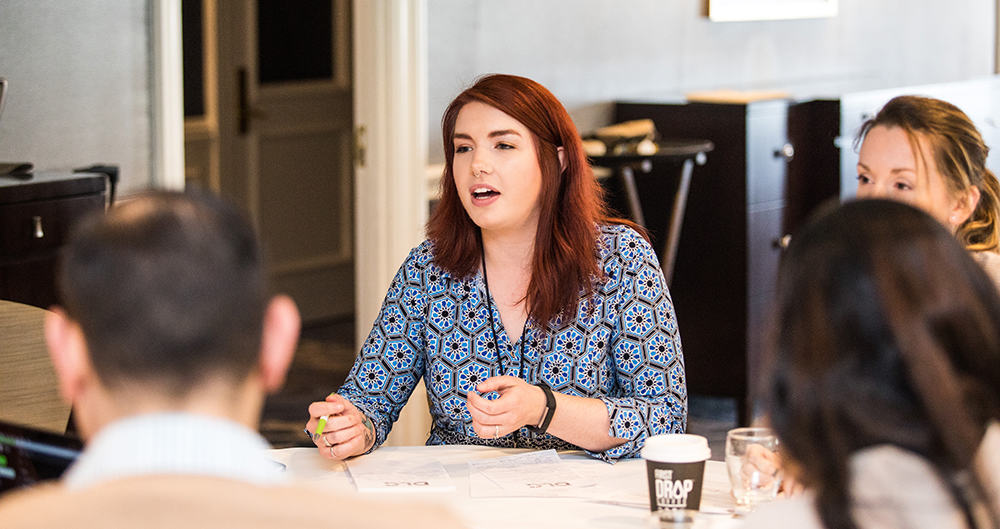This website uses cookies so that we can provide you with the best user experience possible. Cookie information is stored in your browser and performs functions such as recognising you when you return to our website and helping our team to understand which sections of the website you find most interesting and useful.

The DLC has been busy with a number of activities and efforts during the first three quarters of 2021, from launching draft Technical Requirements designed to lessen negative impacts of nighttime illumination and launching a new website to implementing updates in our three core programs: Solid-State Lighting, Horticultural Lighting, and Networked Lighting Controls (NLC). In everything, we are grateful for the input and support of our members throughout the US and Canada as we continue seeking new ways to use technology and innovation to improve the quality of light in the built environment while achieving the energy savings needed to reduce carbon emissions. We look forward to welcoming additional energy efficiency programs to the DLC family in the months ahead.
DLC members are utility energy efficiency (EE) programs and regional EE organizations that provide expertise and insight into our policy and specification development processes and on topics related to quality, performance, energy efficiency, lighting market transformation, and other utility priorities. The DLC relies on its members’ insights and financial support as we promote the adoption of high-quality, energy efficient lighting products through development of Technical Requirements, resources, and qualified products lists – unique assets that provide EE programs with cost effective ways to administer lighting programs. As members adopt the latest DLC Technical Requirements into their programs, they are helping transform the C&I lighting market through the promotion of products that perform well and maximize energy savings. Together, we’re creating solutions for a better future with better lighting.
Thinking of joining? Some specifics about the benefits of membership are below.
Data
Defining and verifying the features of high-performance, energy efficient C&I lighting products is a time, resource, and money-consuming undertaking. The DLC saves its members this legwork by creating a consistent set of performance criteria for products, evaluating products against this criteria, and providing unlimited access to Qualified Products Lists (QPLs) to reduce the effort required to verify that products receiving incentive money will meet performance expectations. Our team provides rigorous product verification to ensure the products meet the DLC Technical Requirements, and the task of program measure development for advanced lighting and controls products is further streamlined through member-exclusive tools such as our NLC Cost Effectiveness Calculator and QPL Analysis and Forecasting Tool.
Expertise and Resources
Members have a direct line to the DLC’s Member Services Manager, as well as technical experts who can provide insight into lighting data and problem-solving assistance for questions regarding solid-state lighting, networked lighting controls, horticultural lighting, and mitigating the undesirable impacts of outdoor illumination (our LUNA program). In addition, members receive exclusive market research reports, fact sheets, and executive summaries to help communicate important lighting topics to their consumers and trade allies.
Engagement
DLC members can collaborate with other programs on committees and working groups that influence our strategic planning and the direction of new policies. They receive free event registration and opportunities to participate in networking both at events and through the DLC’s LinkedIn group. Members also benefit from DLC facilitation of interaction with industry stakeholders, including providing them with program incentive information. The DLC keeps its members informed through bi-monthly member meetings, informational webinars and monthly newsletters.
For more information about these benefits or other membership questions, please consult the website or contact Lani Malapan, Manager of Member Services, at emalapan@designlights.org.
© 2023 DesignLights Consortium. The DesignLights Consortium is a project of Efficiency Forward, Inc., a non-profit 501(c)3 organization. Privacy Policy Terms of Use
